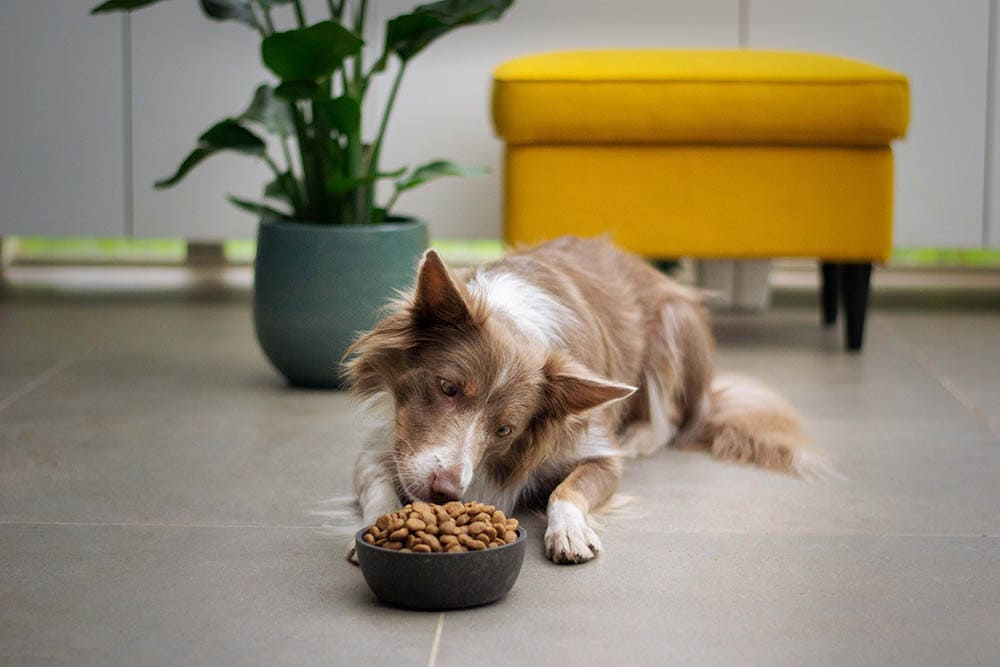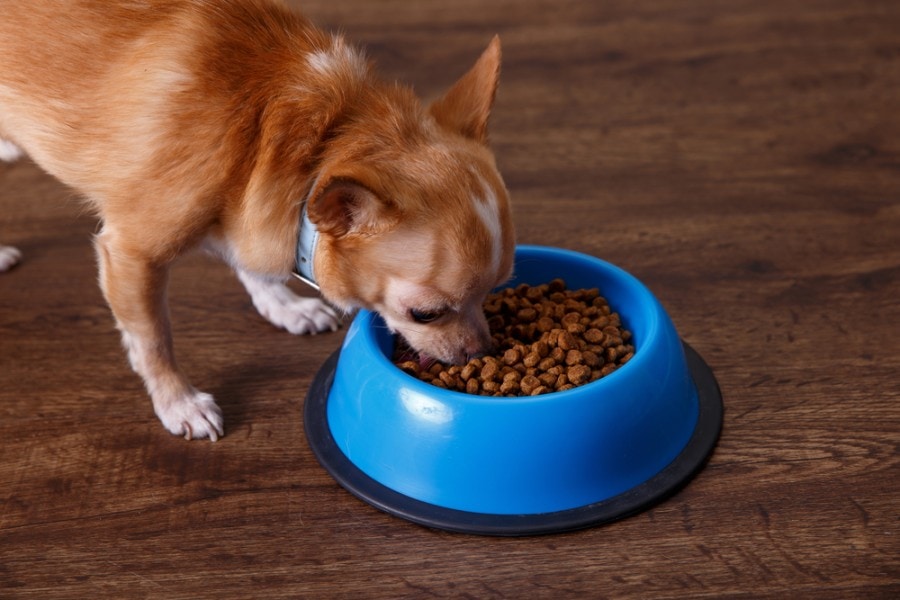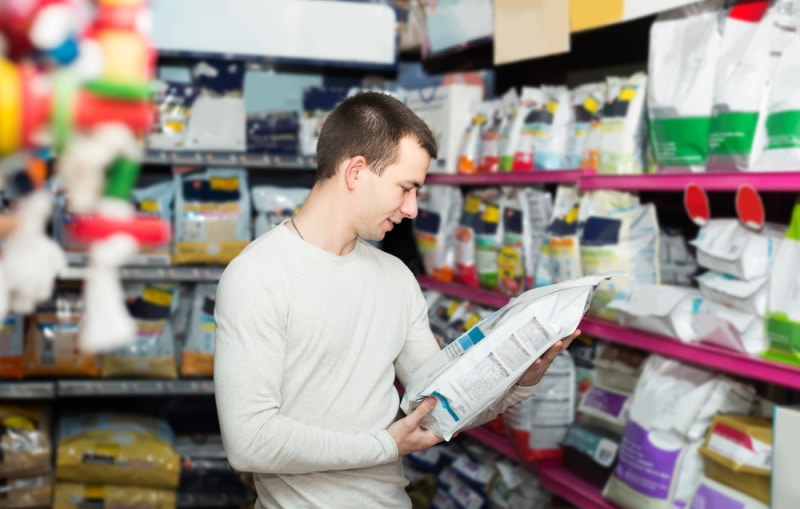Animal digest is an ingredient used in dog and cat foods to improve palatability. Dairy products, amino acids, and fats or fatty acids are other traditional palatants (also called flavor enhancers) added to dog and cat foods to make them tastier.
However, the word “digest” can be confusing. It’s not an ingredient on its own but rather refers to animal protein that has been digested by enzymes. Therefore, the Association of American Feed Control Officials (AAFCO) defines “animal digest” as a substance produced by the chemical or enzymatic hydrolysis of clean animal tissues that have not undergone decomposition.
But is this ingredient good for your dog? According to most major manufacturers and suppliers in the global pet food industry, the animal digest is a high-quality ingredient that is an excellent source of protein and improves the taste and texture of your pup’s kibbles. However, there is a lack of extended scientific research on the topic. Indeed, current research is more focused on the animal digest as a palatant, seeking to optimize the production process.

How Is Animal Digest Produced?
The process begins with animal protein, such as muscle and soft tissue from beef, pork, poultry, or fish, which is sourced from USDA-inspected facilities. These animal proteins are then “digested” by enzymes to break down the animal protein into peptides in a manner similar to digestion in the body. The end product is in liquid form but can also be made into a paste or powder, which is then added to dry pet food.
Animal digest is probably the most commonly used flavor enhancer in the pet industry.
The AAFCO includes animal digest as an ingredient in pet foods and defines it as materials treated with heat, enzymes, or acids to form concentrated natural flavors. “The animal tissues shall be exclusive of hair, horns, teeth, hooves, and feathers, except in such trace amounts as might occur unavoidably in good factory practice, and shall be suitable for animal feed. If it bears a name descriptive of its kind or flavor(s), it must correspond thereto.” (This definition is no longer available online on the AAFCO website. However, it can be found on page 360 of the “Association of American Feed Control Officials: 2018 Official Publication.”)

Why Is Animal Digest Added to Dog Food?
According to the pet food industry, animal digest is added to pet food because it provides protein and flavor. In addition to being inexpensive to produce, the animal digest has several other benefits:
- Palatable
- Excellent source of high-quality protein
- Enhances the taste of dry dog food
- Stimulates dogs’ appetite
For example, “chicken-flavored dog food” must include some chicken, but this can be from “chicken digest” made from the enzymatic hydrolysis of poultry parts (such as livers, hearts, and viscera). For pork and beef recipes, lungs, spleen, livers, stomachs, or intestines are often used to produce the desired meat flavor.

Why Is Animal Digest in Pet Food So Controversial?
Animal digest in pet food doesn’t make it clear which animal parts or their source are actually used in the process.
Some critics of the use of animal digest in pet food say that it could come from any of the following:
- USDA-inspected and -condemned animal tissues
- USDA-inspected and -approved animal tissues (human edible)
- Tissue from animals that have never been inspected or slaughtered by the USDA, such as dead-in-the-field animals and even euthanized animals.
So, for safe, quality nutrition, some pet owners believe that animal digest should only come from USDA-inspected and -approved animal tissues.
However, the FDA states that “the Federal Food, Drug, and Cosmetic Act (FD&C Act) requires that all animal foods, like human foods, be safe to eat, produced under sanitary conditions, contain no harmful substances, and be truthfully labeled.”
To be considered a “high-quality” or “complete” protein, a protein must contain all the essential amino acids (or building blocks of proteins) in the right proportion and be easily digested.
It is difficult to decide beyond any doubt on the quality of animal digest but a reputable pet food company will be able to say where their meat is sourced and to routinely test the foods for microbes and contaminants.

Bottom Line
So, is animal digest beneficial for your dog? If we rely on the data provided by the pet food industry and the few studies on the subject, this ingredient is used mainly for the palatability of kibble and is nutritious for your pet. However, critics say that without full transparency on the source of the animal digest, you cannot know for sure.
Featured Image Credit: BearFotos, Shutterstock


















